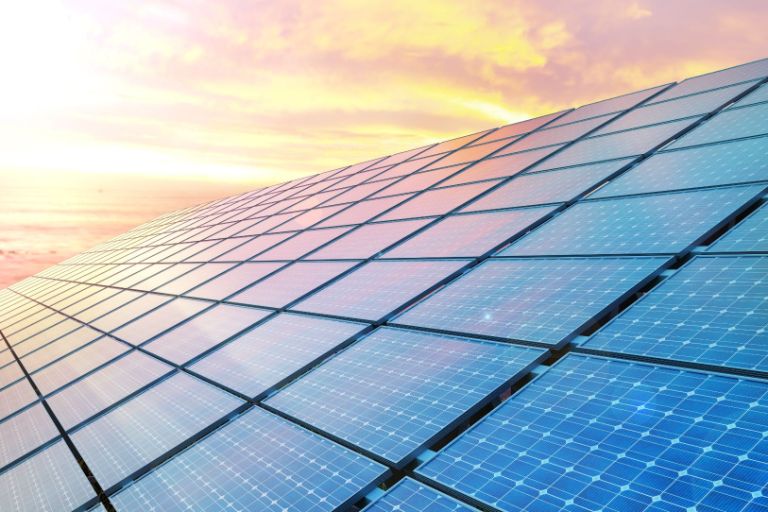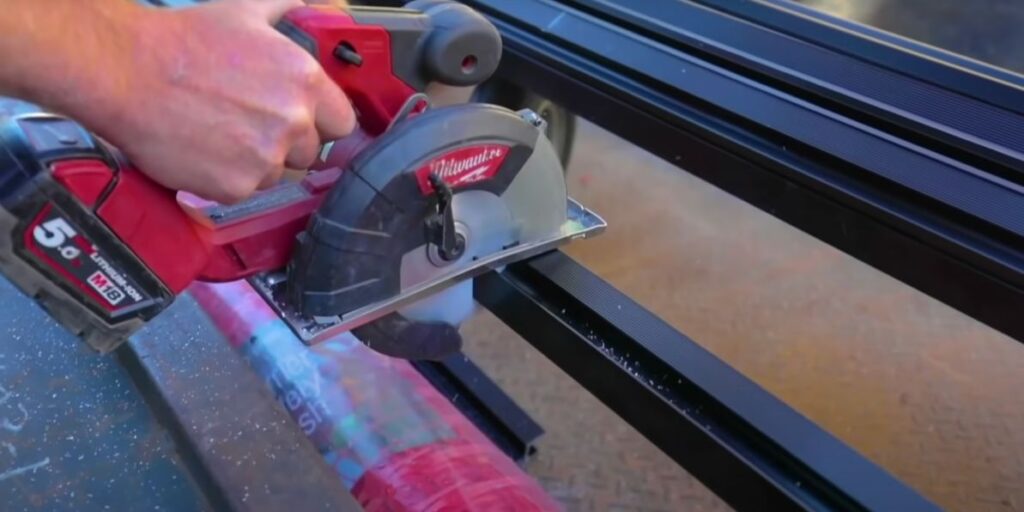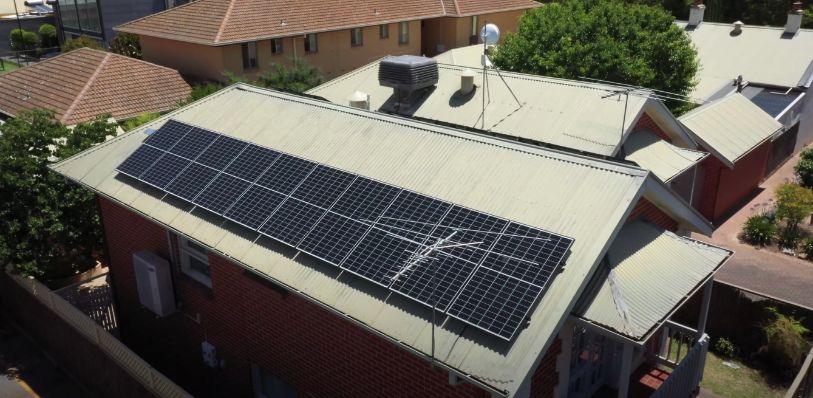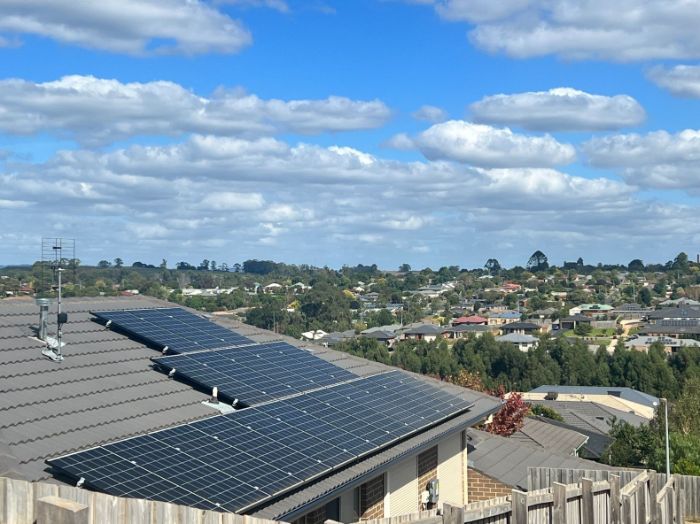A solar inverter is a device connected to a solar PV system that converts the energy from the sun into usable electricity. Solar inverters are vital in any solar power system because of their conversion capability.
Since solar panels generate energy in the form of direct current (DC), the main role of the inverter is to convert this type of energy into AC current that can provide power to a home or business. People also need inverters to send excess solar electricity to the grid.
In this blog, we’ll talk about the main types of inverters that solar electricians install, their average lifespan, and the most common reasons why they fail.

What Are the 3 Types of Solar Inverters?
The 3 types of solar inverters are:
String Inverters
A string inverter is the most prevalent type of inverter installed today. In this setup, all of a system’s solar panels are connected and linked directly to the central inverter.
You’ll typically find string inverters installed on the wall of a home. They are best used on properties with minimal shade.

Microinverters
A microinverter is a small inverter attached to the back of a single solar panel. They have the same function as a standard inverter, albeit being linked to an individual panel.
The main benefit of a microinverter is that any shaded panels don’t affect the entire system. Unfortunately, microinverters aren’t suitable to use with solar batteries.
Power Optimisers
A power optimiser is a type of inverter that’s also connected to individual solar panels in a PV system. However, they need to be used together with a string inverter to convert the DC energy into usable electricity.
Many view power optimisers as an upgrade to the standalone string inverter setup as they provide increased performance and are cheaper than microinverters.

What is the Average Lifespan of an Inverter?
The average lifespan of a solar inverter is 10 to 15 years for string inverters and 20 to 25 years for microinverters and power optimisers. Residential solar PV systems can last for 30 years or more, so you’ll most likely need to replace an inverter first before any of your panels.
Providing proper maintenance to your entire solar system can ensure your inverters will last as long as possible.
What Causes Solar Inverters to Fail?
These are the most common causes why solar inverters fail:
Overheating
A common reason why solar inverters fail is because of experiencing high temperatures within its compartment. Inverters that don’t have proper ventilation are prone to overheating and breaking down.
Input Voltage and Current
The lifespan of an inverter can be shortened if it regularly experiences mismatching input voltage and current characteristics. Be sure that the inverter can handle the rated voltage and current of a system to make it last as long as possible.

External Environment
A clean and safe external environment is essential if you want your solar inverters to last. Although most modern inverters are built to withstand various outdoor conditions, an inverter placed in a pollution-free environment will last longer than one that’s not.
